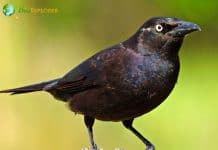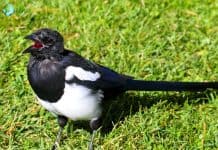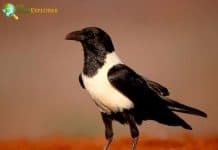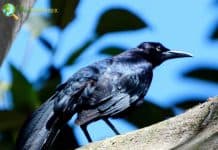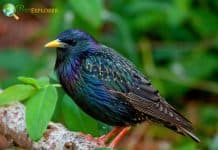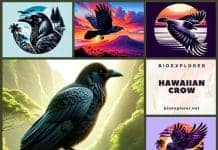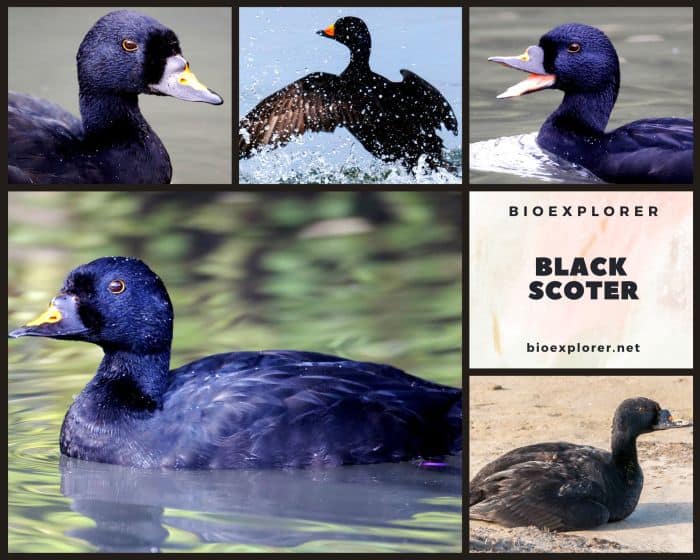
| Animalia | Aves | Anseriformes | Anatidae | Chordata | Melanitta nigra |
Black Scoters (Melanitta nigra) are a species of duck that form sizable winter flocks along the Atlantic and Pacific coasts. They are one of the most vocal waterfowl, and flocks can frequently be located by the males’ ceaseless crooning, a melancholy, descending whistle reminiscent of the deserted seacoasts they spend the winter on.
Black Scoters are not the only scoter species found on the Atlantic and Pacific coasts[1], as the Surf Scoter is also a common sight[2]. On the Atlantic coast, Black Scoters can be seen in large mixed flocks that look like small storm clouds as they fly low over the water. Mussels are a winter dietary staple for Black Scoters, and plenty is in salty waters[3].
Types of Scoters
While all three scoter species (black, surf, and white-winged) regularly transit through the Great Lakes in migration, the Atlantic coast is the place to see the largest numbers in winter. All three scoters occur regularly in Ohio, in far smaller numbers than oceanic haunts. One sub-species from Eurasia, the Common Scoter, can be seen on the coastal waters occasionally.
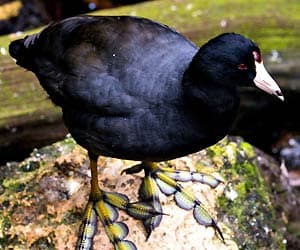 Black Scoter (Melanitta americana)
Black Scoter (Melanitta americana)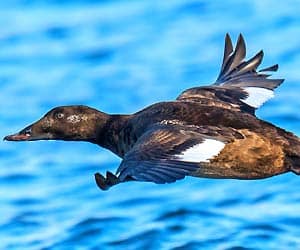 White-winged Scoter (Melanitta deglandi)
White-winged Scoter (Melanitta deglandi)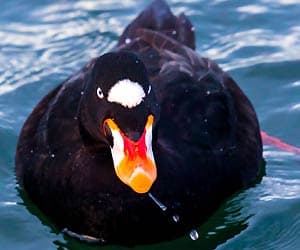 Surf Scoter (Melanitta perspicillata)
Surf Scoter (Melanitta perspicillata)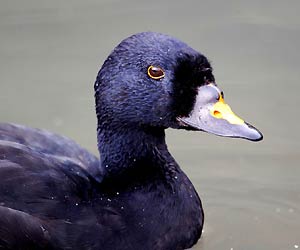 Common Scoter (Melanitta nigra)
Common Scoter (Melanitta nigra)Table of Contents
Black Scoter Physical Characteristics
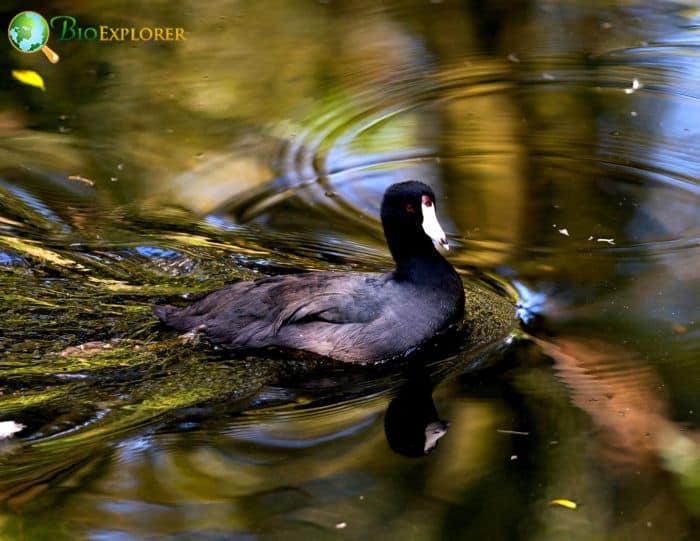
The Black Scoter is a medium-sized, stocky sea duck with a rounded head and a short tail. It has a broad bill that does not slope upward towards the forehead, unlike the bill of the Surf Scoter.
The base of the bill on male Black Scoters is rounded. Females and immatures are rich brown with a blackish cap and a contrasting pale cheek, while adult males are silky black with an orange knob at the base of the bill.
- Size: medium-sized
- Body shape: stocky
- Head shape: rounded
- Tail: short
- Bill: broad, does not slope upward toward the forehead.
- Bill base (male): rounded.
- Bill base (female and immature): blackish cap and contrasting pale cheek.
- Bill base (adult male): orange knob at the base of the bill.
The Black Scoter has a different head pattern than the Surf Scoter. The Surf Scoter has a boldly patterned head that is the basis for its identification.
The Black Scoter is a sea duck, and it is found on both the Pacific and Atlantic coasts in winter. Unlike the Song Sparrow, a small, brown-colored bird species found throughout much of North America, it is not known for its song. The Song Sparrow is known for its melodic and complex song.
Black Scoter’s unusual display of “Wing Flap” in water
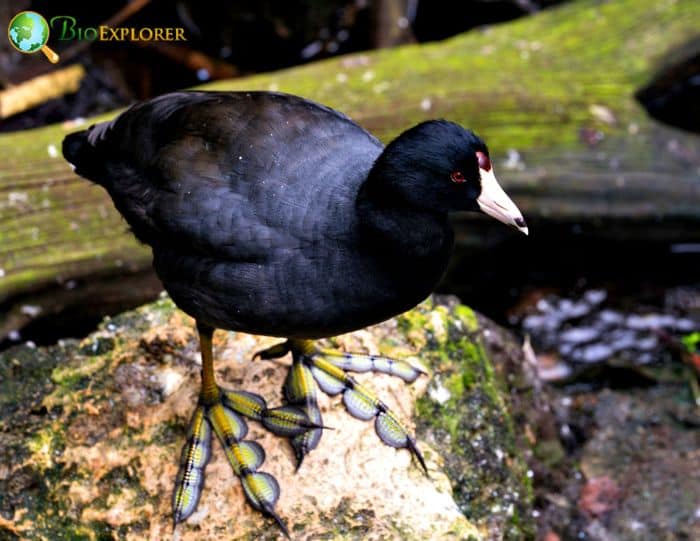
The Black Scoter occasionally performs a “Wing-flap” display, swimming while raising its body out of the water and flapping[4] its wings. In contrast to other scoters, it almost always ends a Wing-flap with a distinctive downward head thrust, as if its neck were briefly broken.
Black Scoter’s strange behavior during Courtship
Black Scoters are frequently observed in groups resting on the water or migrating in long lines. In shallow water, they dive for prey, primarily shellfish. Males start courting as soon as they arrive in wintering areas. Males perform whistled calls to grab the attention of females nearby.
Black Scoter’s diet
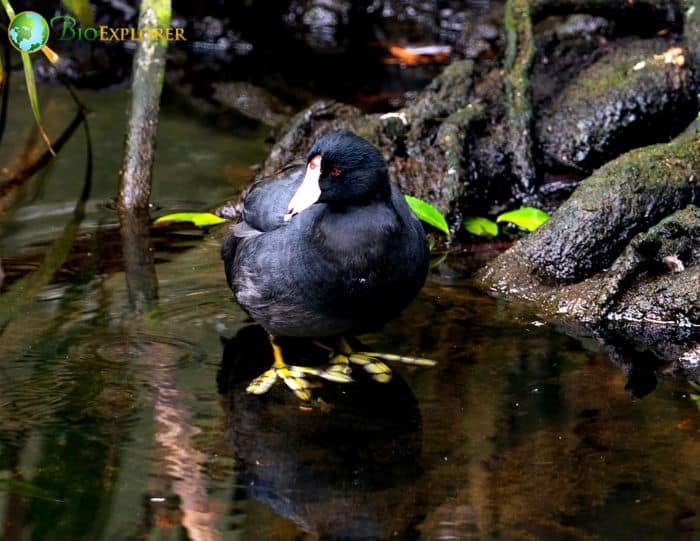
As diving ducks, Black Scoters have a specialized diet primarily consisting of mollusks, crabs, and some fish, with a minimal vegetation intake[5]. Their diet varies depending on the environment they inhabit.
- These black birds feed on aquatic insects and invertebrates in freshwater habitats. But, in saltwater environments, their diet mainly comprises mollusks, including mussels and other bivalves, crustaceans, marine worms, echinoderms, and certain fish species[6].
- During the breeding season, Black Scoters exhibit a change in diet, consuming significant quantities of insects and their larvae. They consume caddisflies, mayflies, beetles, small mollusks, and crustaceans. After giving birth, the young Black Scoters rely solely on insects for sustenance.
- Black Scoters prefer Unios or freshwater clams when foraging in freshwater habitats over other food sources. This indicates their adaptation to specific food preferences and prey availability in their environment.
By understanding the diverse dietary preferences of Black Scoters in different habitats, we can appreciate their ecological role as specialized divers and gain insights into their feeding behaviors and ecological interactions within their ecosystems.
Black Scoters as “Molt Migrants“
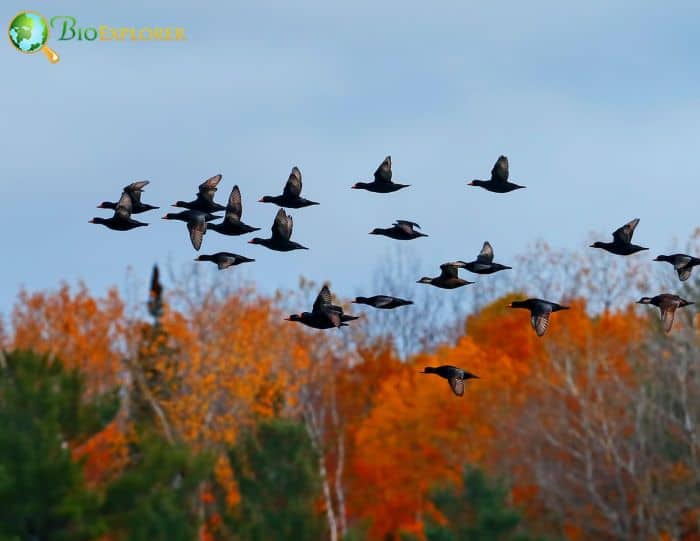
Molt migrants are also known as scoters. Following nesting, the birds begin migrating by flying to where they shed their feathers. They proceed to their wintering range after growing new wing feathers.
Black Scoters are excellent divers
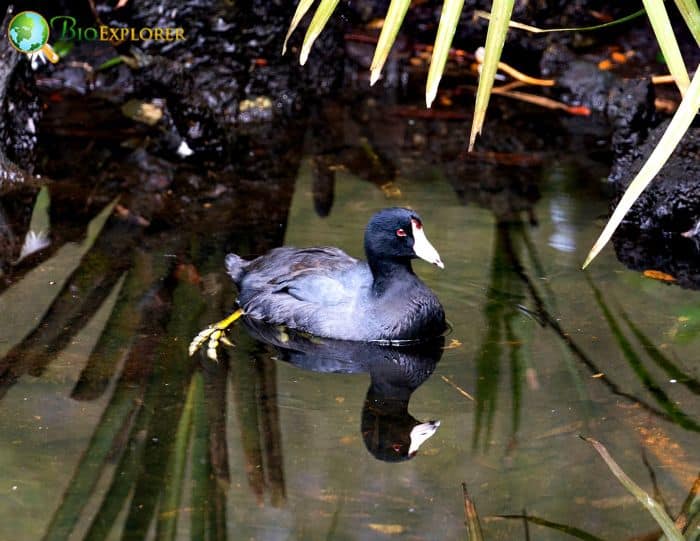
Black Scoters can dive to depths exceeding 20 meters or 65 feet[7]. However, they may also occur in shallower water depths along the southeastern coast. The Black Scoter feeds by diving in fairly shallow water at 30 feet or less[8].


